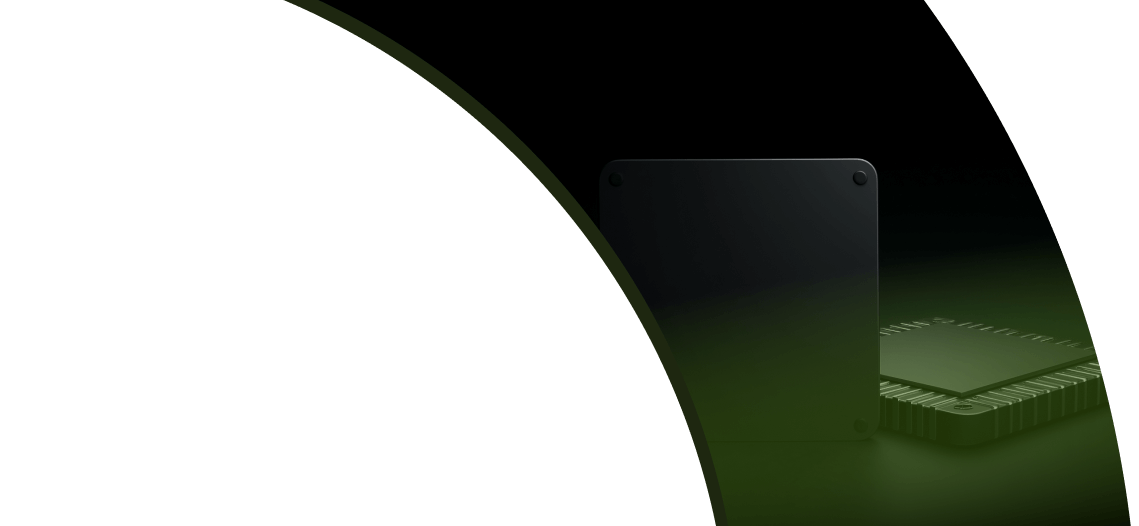How Atmosic’s SDK Accelerates the Design Process
By Sudhakar Gundubogula, Product Manager Software and Developer Experience
Over the past few years, we’ve made it a priority to build out our design resources so developers can easily integrate our industry-leading ultra-low power wireless solutions in their designs, customize them for specific applications, and then quickly bring products to market. These resources streamline the design process and accelerate time-to-market so our customers can save valuable time and money. One of the key ways we have done this is with our software development kit (SDK), which takes out the complexity of embedded design with in-depth reference applications. In this blog, I’ll explain how Atmosic is delivering an all-around incredible developer experience with our tools and SDK.
What sets Atmosic apart from the competition is that we have an industry leading differentiator in extremely low-power wireless operation and energy harvesting technologies, including photovoltaic, RF, thermal, and mechanical motion. Furthermore, we show our customers how to apply these technologies to specific market segments, including consumer, home automation, industrial IoT, and healthcare. This means that customers can pick out a ready-to-use reference design or an example for the type of application they want to design – which could be a remote control, wireless keyboard or mouse, industrial sensor etc. – and then modify our application source code to suit their needs. These ready-to-use examples optimize the performance of hardware solutions and ensure a great end-user experience. While our competitors’ SDKs are very generic and rarely focus on power consumption, we’ve found that companies of all sizes appreciate our in-depth resources that make the design process much easier and cut the time needed to optimize their specific solution. In most cases, customers will just make minor modifications to our reference application and build their products based on that. For developers that want more customization, our SDK has them covered too.
We’ve found that our SDK significantly shortens the time it takes for companies to bring their products to market. What might take a team six-to-nine months (or longer) to design with one of our competitors’ products, customers using our products can be up and running with an optimized design much more quickly. This year alone, multiple customers designing remote control type products have already gone from evaluation to working prototypes in their development labs in less than three months.
This accelerated design cycle boosts time-to-market for customers that already know their markets, and also vastly reduces the learning curve for customers breaking into new markets. The comprehensive Atmosic tool suite allows developers to design applications even with little to no experience in that segment and take advantage of new revenue opportunities.
In a recent example, a set-top box company came to us and let us know that they wanted to design remotes themselves, instead of outsourcing the development as they had been doing. Even with no prior experience in the design and development of a remote control, they were ready for deployment in six to seven months. Without the type of support and guidance our tools offer, it could take developers entering a new market more than a year or longer to design something to address their requirements.
Our support structure is built in such a way that our field application engineers (FAEs) are well versed in designing a variety of applications using Atmosic solutions. They are able to work with customers throughout the entire process, from evaluation to design, through deployment, answering any questions that might come up. However, since our SDK is so comprehensive, our FAEs don’t need to do a lot of hand holding. In fact, our SDK is self-explanatory and detailed enough that the majority of our customers are able to walk through the entire design process themselves.
Our customers also appreciate that our bare metal SDK runs on Windows, MAC and Linux platforms. Our motto towards the developer experience is that you can pick your design environment and we’ll support it, so we support the integrated design environment (IDE) that works best for each and every customer.
Atmosic’s unified SDK integrates a versatile application framework enabling low-power wireless solutions for ATM2, ATM3 and ATM33 Bluetooth LE products that can be easily adapted and migrated across current and future Atmosic products regardless of wireless connectivity or harvesting technologies.
To further streamline the design process, we’re investing in mobile application support and are creating even more reference designs. Our goal is to cater to anyone who wants to build an IoT product for extremely low power operation, whether they are a tiny startup or a global Tier-1 company. Regardless of your design experience, our toolkit can help streamline the design process so you can quickly deploy low-power wireless solutions combined with energy harvesting technologies. To learn how you can get started, contact us here.
